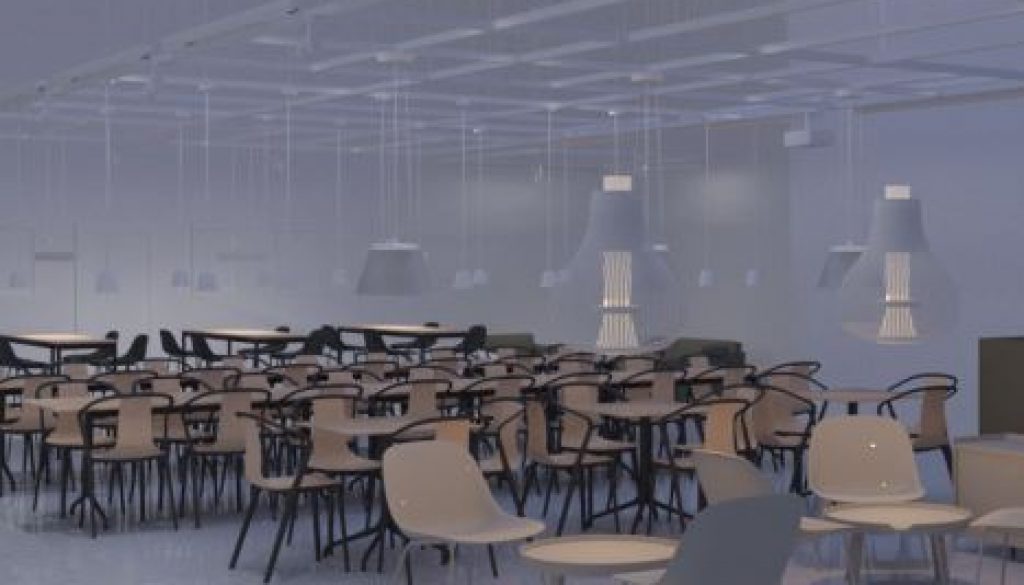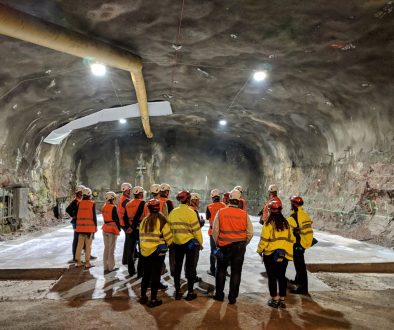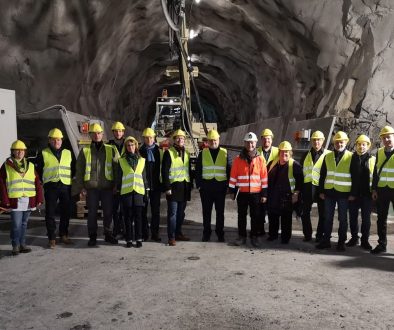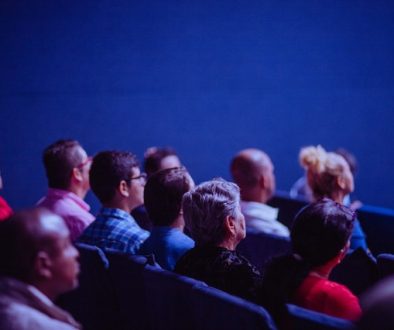Innovative light for innovative spaces
Mia Pujol’s master thesis ”Lighting at the End of the Tunnel-The Design of Adaptive and Intelligent Lighting for an Underground Workspace” (2019) explores the possibilities of adaptive lighting and smart systems in underground spaces, providing a science-based vision that strives to create an optimal environment for users with varying needs. The thesis approaches the subject from user’s point of view, but also addresses other possibilities of intelligent lighting systems.
Challenges that come with using underground spaces are often related to common attitudes about being in a space lacking natural light. These can be met with forward-thinking solutions like Pujol’s. In her thesis, Pujol focuses on both theoretical aspects of workspace lighting and implementation of her models for two underground spaces, restaurant Retka and workspace Lab 2 of Callio Lab, Pyhäsalmi. Benefits of the lighting system are presented with scenarios representing all probable users of Callio.
According to Pujol, lighting has purposes reaching beyond necessary safety functionality. Unconventional workplace settings can be capitalised on with innovative systems, such as the proposed data-transferring system. With wristbands, sensors, real time data analysis and pre-set programs, along with user feedback, this intelligent lighting system interacts with users of Callio to create the optimal working environment. Service desk responsible for monitoring the data can instantly react to changes in users’ moods and needs, enhancing their experience. A concrete example of this is changing the lighting colours warmer to accommodate Callio’s visitors who experience stress for being underground. Moreover, the system also controls matters such as air quality and temperature to ensure a productive workplace.
The vision for Callio
With Retka, Pujol’s aim was to create a flexible space in which multiple atmospheres can be created for different functions. In Retka, intelligent lighting reacts to approaching users and changes lighting’s intensity depending on the time of the day and the collected data. With automatically collected data and feedback the system even directs users to physiologically smart food choices, creates a connection to the outdoors via detected real time weather animation and re-energises the users. While the light provides comfort, it also encourages users to keep breaks moderate and optimally refreshing by brightening up the lights.
The proposed layout of Lab 2 is meant to accommodate multiple activities and be flexible to allow testing devices of different shapes and sizes to be used. In there, smart lighting provides a productive work environment by, for example, changing the light to more neutral to ensure an atmosphere that puts brainstormers at ease, while other elements of Lab 2 such as sound absorbing walls ensure a peaceful working place. The systems also allows the optimal lighting conditions for example maintenance and thus makes work easier.
Intelligent lighting as the solution for the future
While these effects are centered on the user’s experience, adaptive lighting has also has energy and cost-saving advantages. According to Pujol, Callio’s luminaires currently operate 24 hours a day for safety and users’ personal comfort, but with intelligent lighting system and dimmable lighting the intensity of light could be reduced to 20 percent when the spaces are not used. This would lead to a more sustainable energy consumption and a more efficient use of lighting.
Intelligent lighting system gives more opportunities of usage to challenging underground spaces: whether it’s an ordinary workday, a business meeting or a social event, an underground space can be a suitable environment for many commercial settings. With interactive data from the users, the system gives a comfortable experience not usually associated with being underground and encourages the innovative use of underground workspaces.
The whole thesis can be read here




